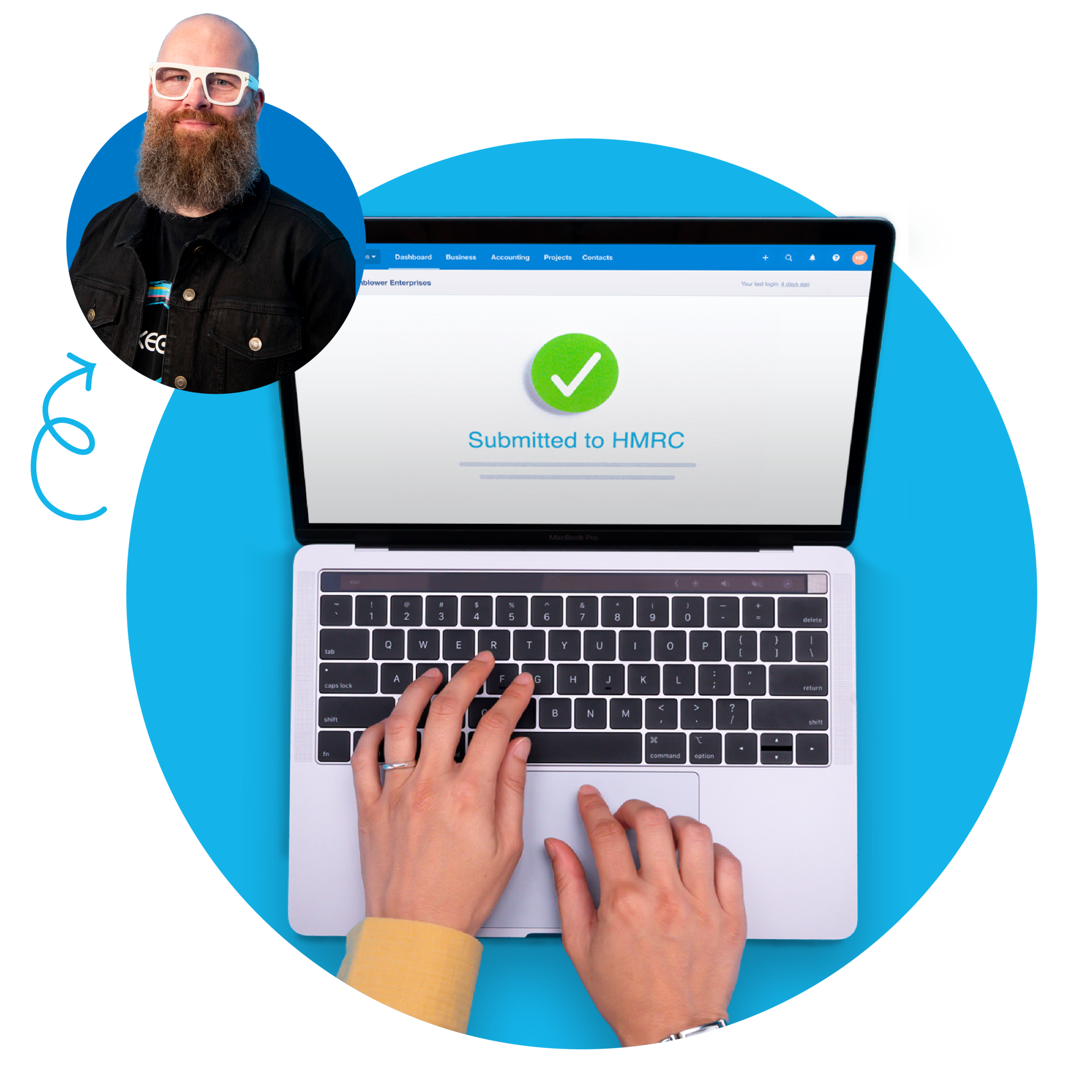Making Tax Digital For Income Tax
Making Tax Digital is changing the way businesses submit their Income Tax (IT) returns.
What is MTD for IT
From April 2026, MTD for IT will apply to sole trade businesses and landlords with a total business or property income above £50,000 per year. Sole traders and landlords earning above £30,000 will follow in April 2027. And, sole traders and landlords earning above £20,000 will follow in April 2028.
This will mean a change to the way your clients manage their tax obligations with HMRC.
Requirements of MTD for Income Tax
Under MTD for Income Tax, sole trade businesses and landlords will need to keep and maintain digital records and use HMRC-recognised software to manage, track and send updates to HMRC. Sole traders and landlords earning above £50,000 will need to comply with MTD for IT rules from April 2026. Sole traders and landlords earning above £30,000 will follow in April 2027. And, sole traders and landlords earning above £20,000 will follow in April 2028.
They'll be required to send HMRC quarterly updates of their business income and expenditure.
A final declaration will also need to be made, to include other sources of taxable income such as savings and investment income.
Here’s a quick look at how these changes compare to current rules:
Before April 2026:
- 1 annual submission
- Paper filings by 31st Oct
- Online filings by 31st Jan
- Fine to keep paper records
After April 2026:
- 4 quarterly submissions per business
- 1 annual final declaration submission per individual
- Filing via MTD-compliant software
- Keeping digital records
Preparing your clients for MTD for Income Tax
At Xero, we recognise that MTD for IT may feel like a big change to both your practice and your clients. Many of the businesses impacted by the change won’t be formally keeping records, and if they do, they’ll be kept only for the purpose of completing a self assessment tax return. Typically these will be your ‘shoe-box’ clients who aren’t using MTD software today, either because you’re doing the record keeping for them, or because they’re unable to find software that meets their needs.
Having your clients on bookkeeping software, rather than paper or spreadsheets, will make quarterly reporting far more efficient. It will also ensure clients are compliant with digital record keeping requirements.
Exemption from MTD for Income Tax
General partnerships are yet to be mandated for MTD for Income Tax.
Exemptions also apply for sole traders and landlords who are digitally excluded. Clients can apply for digital exemption if:
- It’s not practical for them to use software for digital record keeping or submit updates to HMRC – this could be due to age, disability, location, or another reason
- They’re a practising member of a religion or order, and their beliefs prevent them from using electronic communications or keeping electronic records
- They’re unable to get a National Insurance number, and therefore unable to access HMRC’s online services
- They’re a foster carer who would be using the system for qualifying care income
HMRC will either confirm or deny your client’s exemption request. If it’s a no, your client will be able to appeal HMRC’s decision.
Note: The process for applying for a digital exemption from MTD for Income Tax is yet to be confirmed. We’ll keep you posted here when HMRC shares an update.
For now, keep an eye on the HMRC guidance on exemption from MTD for Income Tax.
Explore our MTD for IT resource hub
We’ve created a Making Tax Digital for Income Tax resource hub to help you and your clients prepare for the new legislation. Explore our expert guides, articles and FAQs outlining everything you need to know about MTD for IT, from quarterly update obligations to how self-employed tax returns are changing.
Not ready for MTD yet? Use Xero Tax for personal tax today
In the meantime, accountants and bookkeepers can start the journey to being ready for MTD for IT by using Xero Tax. You can use it to prepare and file self assessment tax returns for your clients today.
Get your practice and clients MTD for IT ready
Hear from experts on how to ensure your technology and processes are ready for MTD for IT, and how to make clients comfortable with digital record-keeping. Learn more about Xero’s improved Simple plan and how it can support you in this transition.
Watch the webinar
Become a Xero partner
Join the Xero community of accountants and bookkeepers. Collaborate with your peers, support your clients and boost your practice.
